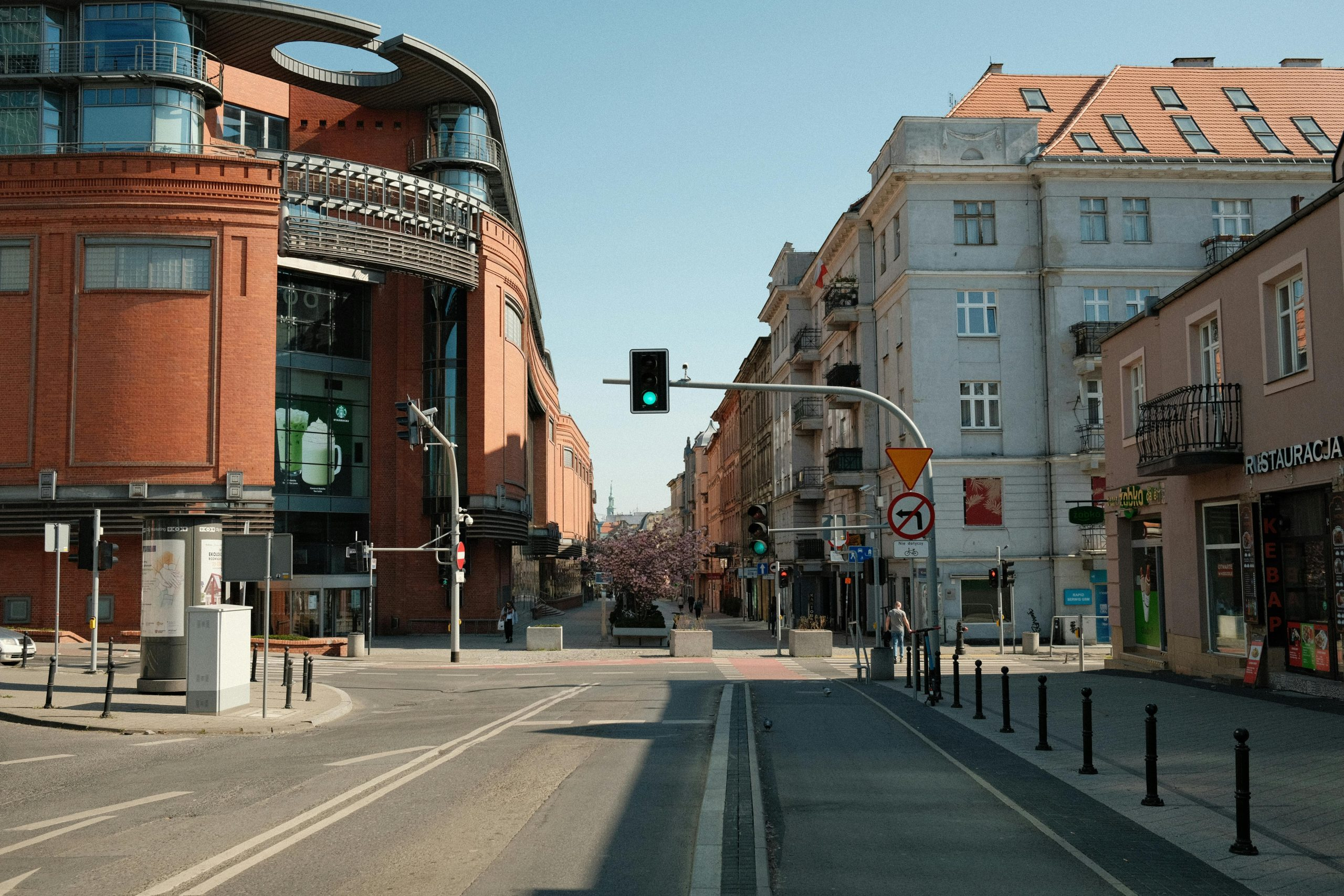15-Minute Cities: Urban Planning Prioritizing Walkability and Mixed-Use Spaces
In recent years, there has been a growing movement towards creating more sustainable and livable cities. With the rise of urbanization and population growth, the need for efficient and convenient living spaces has become increasingly important. This has led to the development of the concept of “15-minute cities,” an urban planning strategy that prioritizes walkability and mixed-use spaces. In this article, we will explore the concept of 15-minute cities and how it can positively impact the way we live, work, and play in cities.
What are 15-Minute Cities?
A 15-minute city is a compact, self-sufficient urban area where residents can access their daily needs within a 15-minute walk or bike ride. This includes essential services like grocery stores, schools, healthcare facilities, parks, and other amenities. The concept of a 15-minute city is not entirely new – it has been around since the 1960s when urban planner Jane Jacobs advocated for creating vibrant and livable neighborhoods. However, with the current focus on sustainable and people-centered cities, the idea has gained more popularity in recent years.
The Benefits of 15-Minute Cities
The concept of 15-minute cities brings many benefits, not just for the environment but also for the overall well-being of citizens. One of the most significant advantages is reducing the need for car dependency, which leads to a decrease in traffic congestion and air pollution. It also promotes a healthier lifestyle by encouraging physical activity through walking and biking. Additionally, with essential services and amenities located within a short distance, residents can save time and money on transportation costs.
Walkability and Mixed-Use Spaces
Creating walkable neighborhoods and mixed-use spaces is a crucial aspect of building 15-minute cities. Walkability refers to the convenience and safety of getting around on foot, with suitable sidewalks, pedestrian crossings, and bike lanes. Mixed-use spaces, on the other hand, involve the integration of different functions in one area, such as residential, commercial, and recreational activities. This not only improves the livability of a neighborhood but also creates a sense of community and encourages socio-economic diversity.
Examples of 15-Minute Cities
Several cities around the world have embraced the concept of 15-minute cities and are implementing it in their urban planning strategies. One of the most well-known examples is Paris, where Mayor Anne Hidalgo has pledged to transform the city into a 15-minute city by improving infrastructure for pedestrians and cyclists and reducing car lanes. Other cities that have adopted similar plans include Melbourne, Copenhagen, and Vancouver.
Challenges and Criticisms
While the idea of 15-minute cities has gained widespread support, it also faces some challenges and criticisms. Some argue that creating compact, self-sufficient urban areas may contribute to gentrification, making it unaffordable for low-income residents. There are also concerns about the feasibility of implementing 15-minute cities in densely populated cities with limited space. To address these issues, it is essential to have comprehensive and inclusive urban planning policies that prioritize affordable housing and consider the needs of all residents.
The Future of Urban Planning
The concept of 15-minute cities highlights the importance of creating livable and sustainable environments for citizens. As cities continue to grow, it is crucial to prioritize people and the environment in urban planning to create more vibrant and inclusive communities. By promoting walkability and mixed-use spaces, we can move towards a more interconnected and environmentally friendly future.
In conclusion, 15-minute cities offer a new vision for urban planning that prioritizes the well-being of citizens and the environment. By creating compact, walkable neighborhoods with essential services and amenities within reach, we can build more sustainable and livable cities. While there are challenges and criticisms, the potential benefits of 15-minute cities outweigh the drawbacks. The future of urban planning is undoubtedly one that embraces the concept of 15-minute cities, and it is up to us to make it a reality.











